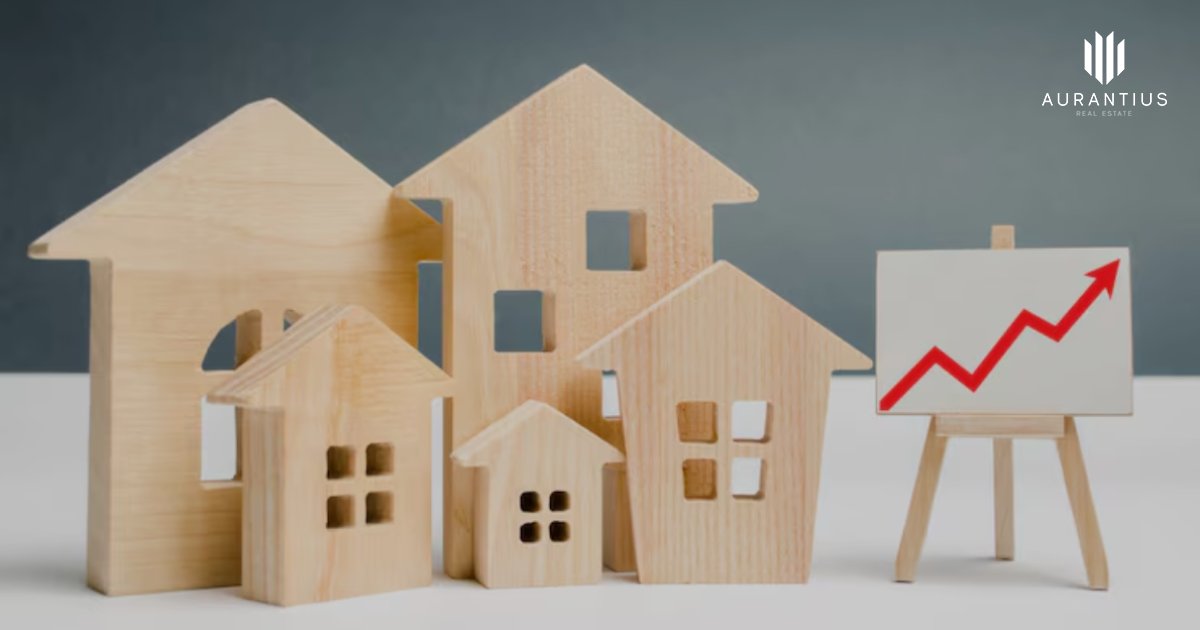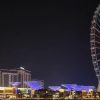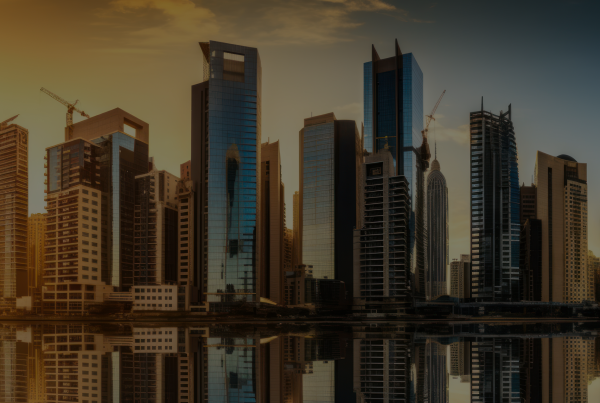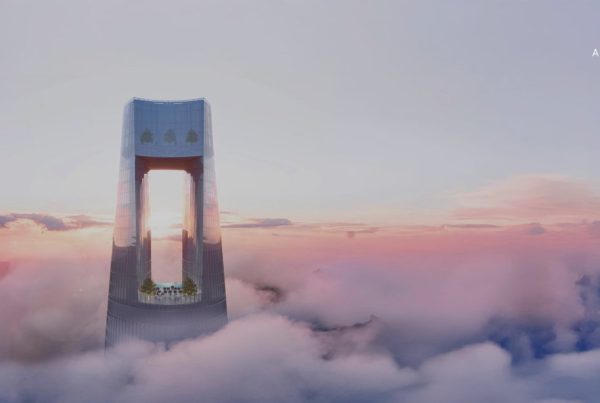Dubai Real Estate Market: Peak Prices, Correction Ahead, and Supply Surge
The Dubai property sector is currently at a turning point, with prices reaching record highs across major communities. Analysts suggest that the market is approaching a natural correction phase, while at the same time, a notable increase in supply is set to reshape the balance between demand and availability. Popular districts such as Palm Jumeirah, Jumeirah Village Circle, and Dubai Hills Estate continue to attract strong demand, though rising supply is expected to temper the pace of price growth in the near term.
Prices across luxury waterfront areas and mid-market communities have been climbing steadily over the last two years, supported by population growth, investor appetite, and strong international inflows. However, developers such as Emaar, Aldar, and DAMAC are bringing new projects to the market at an accelerated pace, aiming to capture ongoing demand before a possible slowdown. This increased pipeline is expected to provide buyers with more options and potentially stabilize pricing.
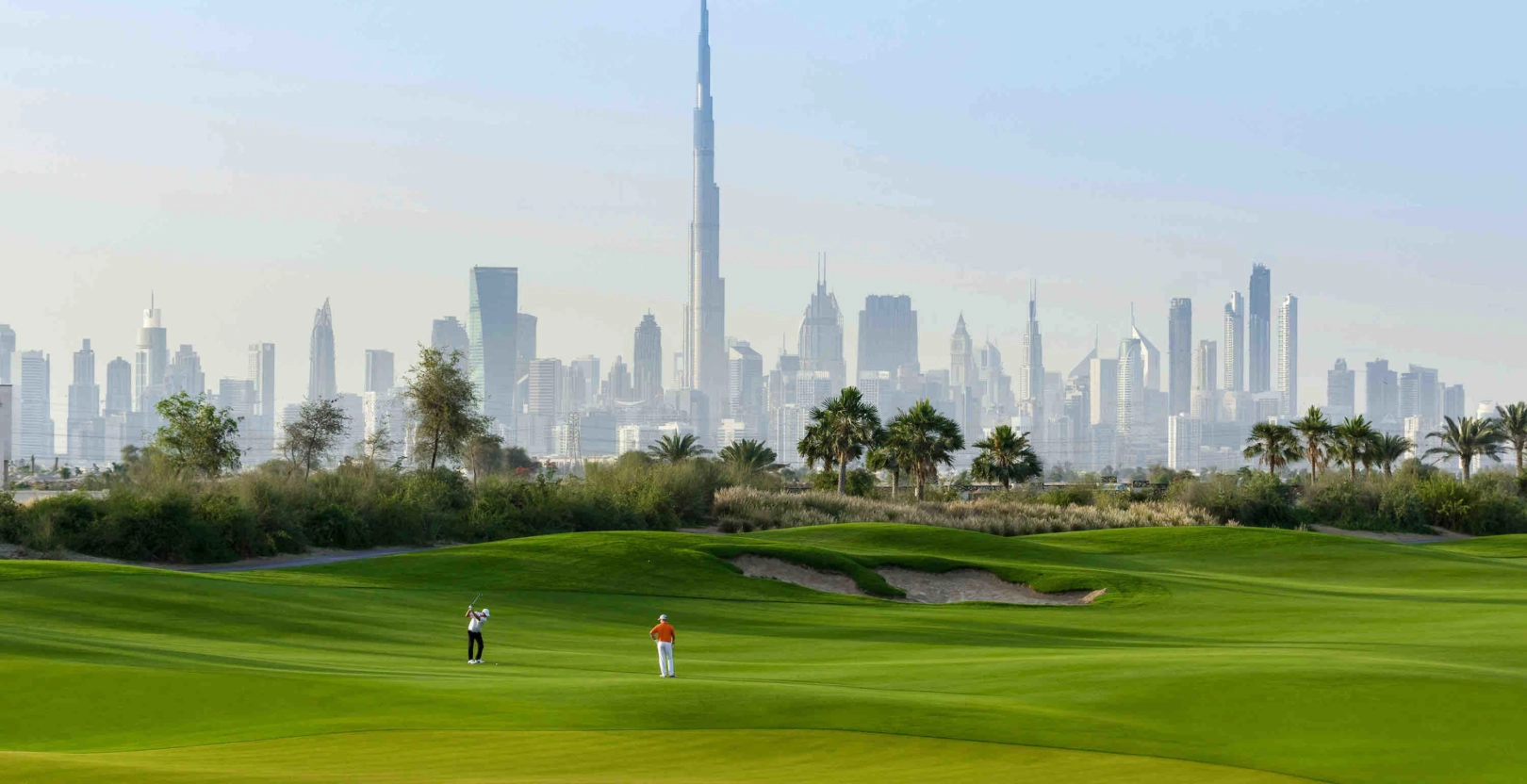
Despite concerns of a short-term correction, the fundamentals of Dubai real estate remain solid. High levels of off-plan activity, coupled with attractive financing schemes and flexible payment structures, continue to fuel buyer interest. Investors are also looking closely at integrated communities offering lifestyle amenities, sustainability features, and long-term value growth, which reinforces confidence in established and emerging areas alike.
Government measures such as long-term residency through the Golden Visa, investor-friendly regulations, and infrastructure investments are further strengthening market resilience. At the same time, Dubai’s appeal as a global hub for business and tourism ensures that demand is sustained even in periods of correction. For end-users, a potential dip in prices could present an opportunity to enter prime locations at more competitive rates.
Looking ahead, experts forecast that while 2025 may witness a moderation in price growth, overall market stability will remain intact. The combination of new supply, regulatory support, and ongoing international interest is expected to keep Dubai on track as one of the world’s most attractive real estate destinations. For buyers and investors alike, the coming quarters may offer both challenges and opportunities within this evolving landscape.
Exceptional Rally Driven by Investors
The past four years have seen Dubai emerge as one of the most attractive global destinations for investors and residents alike. The market’s exceptional rally has been fueled by demand from high-net-worth individuals, foreign investors, and professionals relocating to the UAE. Fitch data shows that residential property prices surged by about 60 percent between 2022 and the first quarter of 2025. This demand was underpinned by post-pandemic immigration flows and the overall strength of Dubai’s economy, which created a favorable investment environment.
Assets in prime locations, such as Dubai Marina, Downtown Dubai, and Palm Jumeirah, are expected to remain more resilient to a potential correction. These properties are often purchased by investors with long-term horizons and higher tolerance for price fluctuations, ensuring that high-end segments of the market continue to attract interest even during periods of adjustment.
Payment Plans and Investor Dynamics
One of the key findings in Fitch’s report is the expected shift in developer pre-sale models. Currently, developers require buyers to pay about 70 percent of the total property value during construction. However, as the correction unfolds, this model is expected to ease to 50 percent, making property acquisition more accessible to investors. Lower payment thresholds during construction could further stimulate demand and balance out the effects of price softening.
These flexible payment structures will play a crucial role in sustaining investor appetite, especially among those seeking entry into Dubai’s property market at more manageable cash flow levels. The adjustment also highlights the maturity of Dubai’s real estate ecosystem, where developers adapt strategies to align with evolving market conditions.
Record-Breaking Supply Ahead
Perhaps the most significant factor influencing the correction is the unprecedented wave of new supply expected between 2025 and 2027. Fitch forecasts an average 16 percent increase in supply during this period, far exceeding the anticipated 5 percent growth in population. This mismatch between supply and demand is expected to create downward pressure on prices.
Approximately 250,000 residential units are slated for delivery between 2023 and 2026. The bulk of this supply is expected in 2026, with nearly 120,000 units scheduled for handover. By comparison, only 30,000 units are projected for 2024 and 90,000 for 2025. This sharp rise in handovers will mark a record in Dubai’s real estate history and set the stage for a more balanced market.
Population Growth and Demand Trends
Dubai’s population has continued to grow rapidly, hitting 3.948 million by May 2025. According to Dubai Statistics Centre, the emirate’s population increased by 51,295 residents in the first quarter of 2025 alone. While this robust population growth supports long-term housing demand, it is unlikely to keep pace with the surge in supply during the next two years. The gap will be especially evident in mid-market and affordable segments, where oversupply risks are highest.
Despite this, the long-term outlook remains positive. Dubai’s population is projected to surpass 4 million in 2025, and government strategies continue to focus on attracting global talent, investors, and entrepreneurs. This influx ensures that demand for quality housing, particularly in strategic areas, will remain healthy even as the market goes through temporary corrections.
Impact on Banks and Financing Models
The financing landscape is also evolving in parallel with real estate developments. Fitch reported that UAE banks have reduced their direct exposure to real estate, reflecting stronger cash flows from projects, stricter underwriting standards, and broader de-risking strategies. Between 2022 and 2024, corporate real estate financing balances declined by AED 66 billion, bringing the sector’s share of total domestic loans down to 14 percent.
Mortgage loans accounted for an additional 8 percent of total bank loans by the end of 2024. Combined, real estate-related exposure represented around 22 percent of the total loan portfolio. This cautious approach reflects banks’ increasing reliance on escrow-funded projects and strong pre-sales rather than direct lending. Such structural changes reduce systemic risks while providing developers with alternative avenues of financing through off-plan sales and escrow mechanisms.
Key Takeaways and Outlook
Dubai’s real estate market is entering a new phase where growth will be moderated by supply factors and evolving financing structures. While a correction of up to 15 percent may occur, the adjustment should not be viewed as a crisis but rather as a natural cycle in a rapidly growing market. Prime assets will continue to attract investment, flexible payment plans will support buyer demand, and long-term fundamentals such as population growth and investor confidence remain intact.
In summary, the next two years will test Dubai’s property sector with a surge in supply and moderate price adjustments. However, the emirate’s proven ability to adapt, its global appeal, and its strategic policies to attract investment ensure that Dubai will remain one of the world’s most resilient and dynamic real estate markets.

